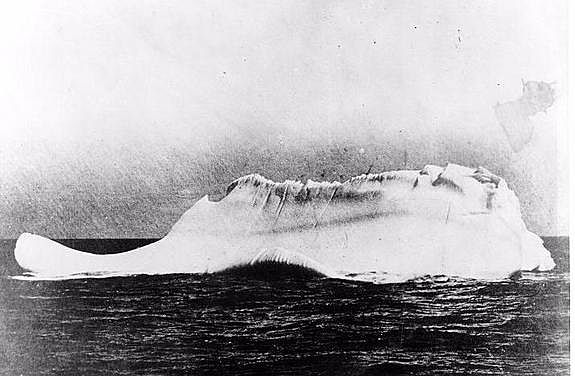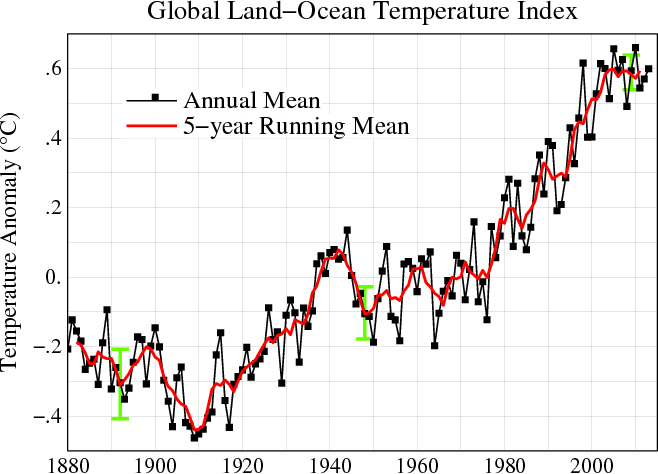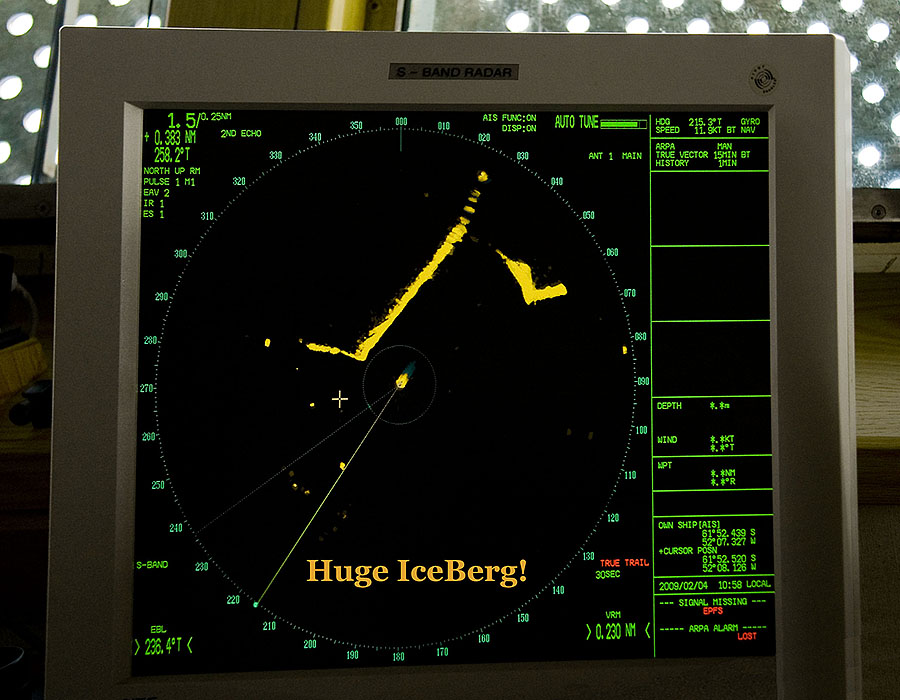But in fact the catastrophe may have been set in motion by a warm, wet year over Greenland in 1908, resulting in greater snow accumulation. Writing in the journal Weather, Grant Bigg and David Wilton of Sheffield University explain how the snow soaked through cracks in the ice sheet, encouraging excess iceberg calving over the following few years. Soberingly, global warming has increased iceberg hazard greatly in recent decades, making years like 1912 more the norm than the exception.http://www.theguardian.com/news/2014/apr/27/weatherwatch-icebergs-greenland-titanic
Yeah, but have a look at what this research actually says and you'll understand why The Guardian is nothing more than agitprop.
Titanic Sunk During Average Iceberg Yearhttp://www.accuweather.com/en/features/trend/titanic_sunk_during_average_ic/25555532
"more than a century of Atlantic iceberg counts reveals 1912 was an average year for dangerous floating ice."
Old Coast Guard records are throwing cold water on a long-standing explanation for the loss of the Titanic: the suggestion that the fateful journey took place in waters bristling with icebergs, making 1912 an unlucky year to sail the North Atlantic.
Instead, more than a century of Atlantic iceberg counts reveals 1912 was an average year for dangerous floating ice. The findings also contradict a popular notion that the Jakobshavn Isbrae glacier on Greenland's west coast birthed the Titanic's deadly 'berg. Instead, a computer model suggests that one of the glaciers at Greenland's southern tip released the iceberg that hit the Titanic on April 14, 1912, drowning more than 1,500 people in the frigid ocean.
"I think the question of whether this was an unusual year has been laid to rest," said Grant Bigg, an environmental scientist at the University of Sheffield and lead study author, adding, "1912 is not an exceptional year."
...
According to Bigg, 1912 was a high ice year, but not exceptional compared with the surrounding decades.
In 1912, data shows that 1,038 icebergs moved south from Arctic waters, and crossed the 48th parallel. The Coast Guard records show a slightly higher number of 1,041 icebergs crossed south of 48 degrees north in 1909. Between 1901 and 1920, five years saw at least 700 icebergs drift below 48 degrees north, where they could menace ships.
And, inconveniently according to GISS, it was the third coldest year on record. And, the years following it were still quite cold.
Then there is the fact that radar has been around for about 65 years, though some folks think that ship radar might not help against global warming icebergs. They hide in the deep ocean and then surface right in front of the ships. (Thanks Roy)
Tim Ball has a well reasoned analysis:
Titanic Anniversary: Unusual Climate + Extreme Ice Conditions = Tragic Accident






Thanks for posting this article, really enjoyed the laugh. That was just great.